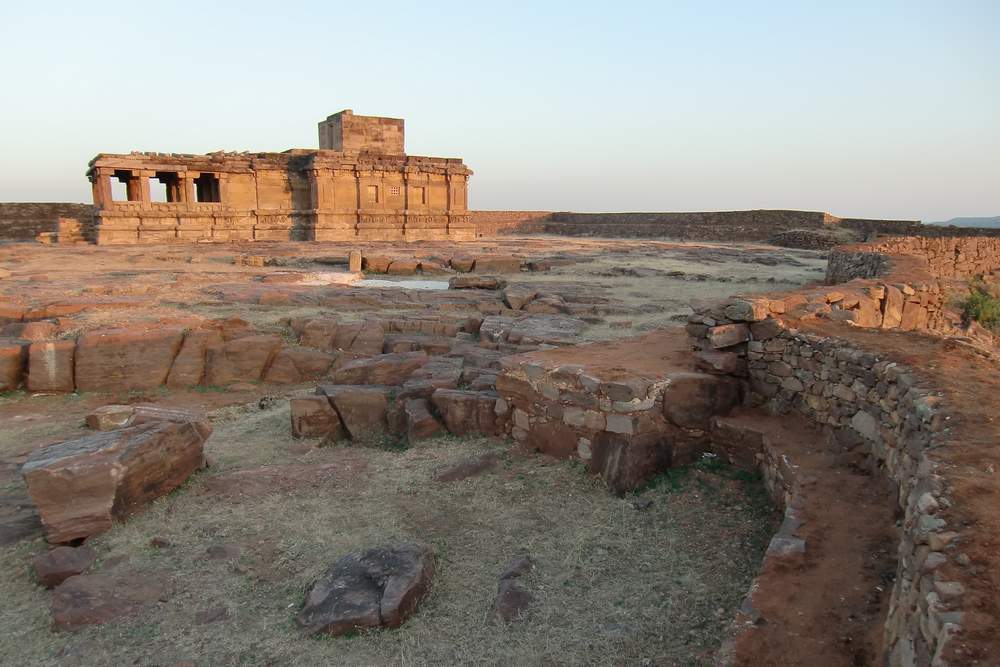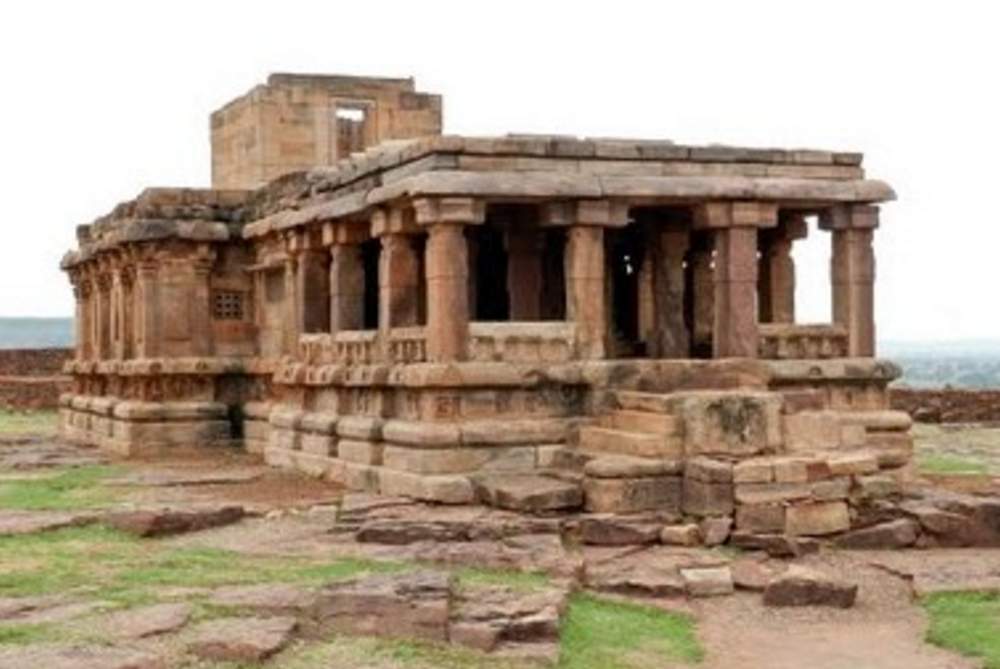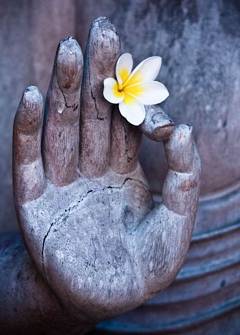 Zen Buddhism stresses intimacy, while in Theravada and Tibetan forms of Zen Buddhism you will find “mindfulness” and “compassion” to be the salient terms. Yet the ultimately mindful is personally most intimate some of us close space by hammering our point through; others do it by trying to smooth the waters. Recedes are like road repair. We should carry our patience around as if the hermit crab carries its shell.
Zen Buddhism stresses intimacy, while in Theravada and Tibetan forms of Zen Buddhism you will find “mindfulness” and “compassion” to be the salient terms. Yet the ultimately mindful is personally most intimate some of us close space by hammering our point through; others do it by trying to smooth the waters. Recedes are like road repair. We should carry our patience around as if the hermit crab carries its shell.
Our patience will also protect us and help us survive! Please understand that the hermit crab does not live like a parasite, it lives like an orchid. Some Westerners question whether Zen Buddhism is a religion at all. It is identically tantamount with the mind. Probably Zen Buddhism, although the evidence is circumstantial. There is a suggestion that the most likely arrival of the first Buddhists in this continent may have been with the armada of Cheng Ho in the 15th century.
The spiritual friend who teaches the instructions of the four immeasurable is the dominant condition. This is difficult to accomplish without practice. Breath should be smooth, natural, and deep in the belly. When we think we have gotten something, we have not really gotten it and when we think we have lost something, we have not really lost it.
Zen Koan: “Gisho’s Work” Parable
Gisho was ordained as a nun when she was just ten years old. She received training just as the little boys did. When she reached the age of sixteen she traveled from one Zen master to another, studying with them all.
She remained three years with Unzan, six years with Gukei, but was unable to obtain a clear vision. At last she went to the master Inzan.
Inzan showed her no distinction at all on account of her sex. He scolded her like a thunderstorm. He cuffed he to awaken her inner nature.
Gisho remained with Inzan thirteen years, and then she found that which she was seeking!
In her honor, Inzan wrote a poem:
This nun studied thirteen years under my guidance.
In the evening she considered the deepest koans,
In the morning she was wrapped in other koans.
The Chinese nun Tetsuma surpassed all before her,
And since Mujaku none has been so genuine as this Gisho!
Yet there are many more gates for her to pass through.
She should receive still more blows from my iron fist.
After Gisho was enlightened she went to the province of Banshu, started her own Zen temple, and taught two hundred other nuns until she passed away one year in the month of August.
Buddhist Insight on A Healing Presence
We each create our own misery and unhappiness, and even regulate the degree to which we suffer by the prospects we set up, and by the strength and inflexibility with which we hold those expectations. The healing presence is a step in renunciation. Don’t worry about this, try to keep your mind in the present. If everything seems to become indifferent, arouse kindness and meditate on that. The American clinical psychologist John Welwood, who frequently writes about the integration of psychological and spiritual concepts, writes in Ordinary Magic, Everyday Life as Spiritual Path,
In opening to our experience, without holding onto any story about it, we create a compassionate space that allows new parts of ourselves to unfold, and old parts that were cut off to enter the stream of awareness and be included. We can only be healthy and whole when our awareness circulates freely through all aspects of our being. Unconditional presence promotes this kind of circulation, which is the essence of health.
When children are in pain, what they want is this kind of presence, rather than band-aids or consolations. They want to know we are with them in what they are experiencing. That’s what our wounded places most need from us as well – just to be there with them. They don’t need us to say, “Things are getting better every day.” The full presence of our being is healing in and of itself.
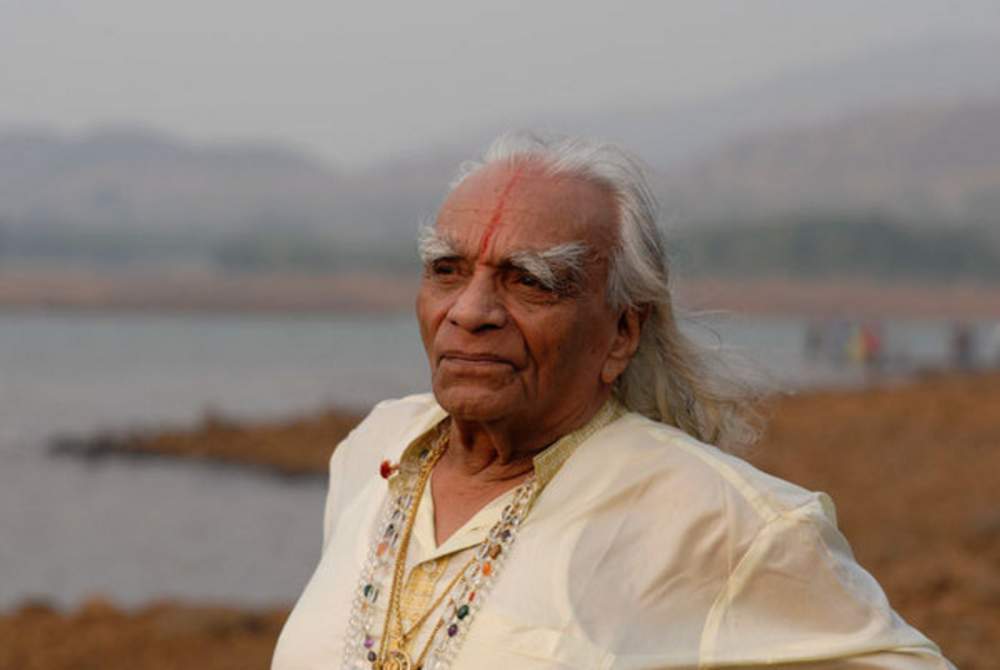
.jpg)
.jpg)
.jpg)
.jpg)
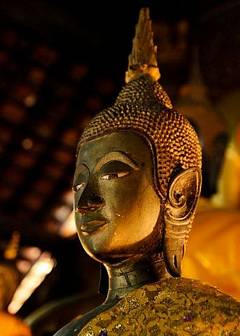 Zen Buddhism is not a religion according to the dictionary meaning of the word religion for the reason that it has no center in god, as is the case in all other religions. Rigorously verbalizing, Zen Buddhism is a system of philosophy co-ordinated with
Zen Buddhism is not a religion according to the dictionary meaning of the word religion for the reason that it has no center in god, as is the case in all other religions. Rigorously verbalizing, Zen Buddhism is a system of philosophy co-ordinated with 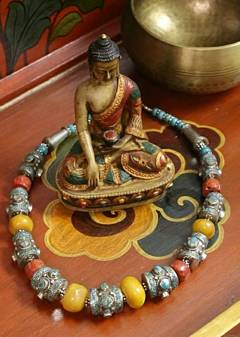 People relish verbalizing, especially if they feel solitary. Those who incline to verbalize non-stop generally have arduousness with practice, and withal make it arduous for others to practice. In our Zen recede, verbalizing is verboten, but there are still some people who cannot resist covertly saying a few words. Others accolade the rule and
People relish verbalizing, especially if they feel solitary. Those who incline to verbalize non-stop generally have arduousness with practice, and withal make it arduous for others to practice. In our Zen recede, verbalizing is verboten, but there are still some people who cannot resist covertly saying a few words. Others accolade the rule and 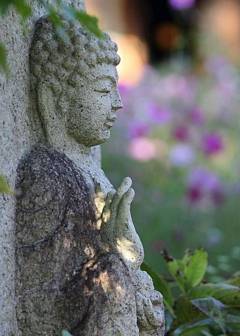 Meditation gives us the opportunity to have an open, compassionate attentiveness to whatever is going on. The
Meditation gives us the opportunity to have an open, compassionate attentiveness to whatever is going on. The 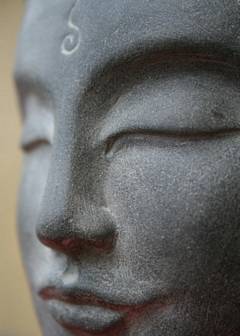 There is a
There is a  Zen is something you do that transforms the mind. Every day, sit down, be quiet, and feel your life. Try to keep company with a koan. Check whether your heart is open when you’re practicing. That’s important. Unbelievably, it is our experience that under a proper guide, this
Zen is something you do that transforms the mind. Every day, sit down, be quiet, and feel your life. Try to keep company with a koan. Check whether your heart is open when you’re practicing. That’s important. Unbelievably, it is our experience that under a proper guide, this 
 There was a church known as Saint Joseph’s church built in 1840 and it was reconstructed and was renamed as Saint Joseph and Saint Philomena’s cathedral. It is said that
There was a church known as Saint Joseph’s church built in 1840 and it was reconstructed and was renamed as Saint Joseph and Saint Philomena’s cathedral. It is said that 

 In the Zen Buddhist teaching, it’s clear that to love one is the foundation of the love of other people. Love is a practice. Love is truly a practice. However, it is precisely the greed of someone who wants the Buddha to save him that prevents him from being reborn in the Pure Land.
In the Zen Buddhist teaching, it’s clear that to love one is the foundation of the love of other people. Love is a practice. Love is truly a practice. However, it is precisely the greed of someone who wants the Buddha to save him that prevents him from being reborn in the Pure Land.